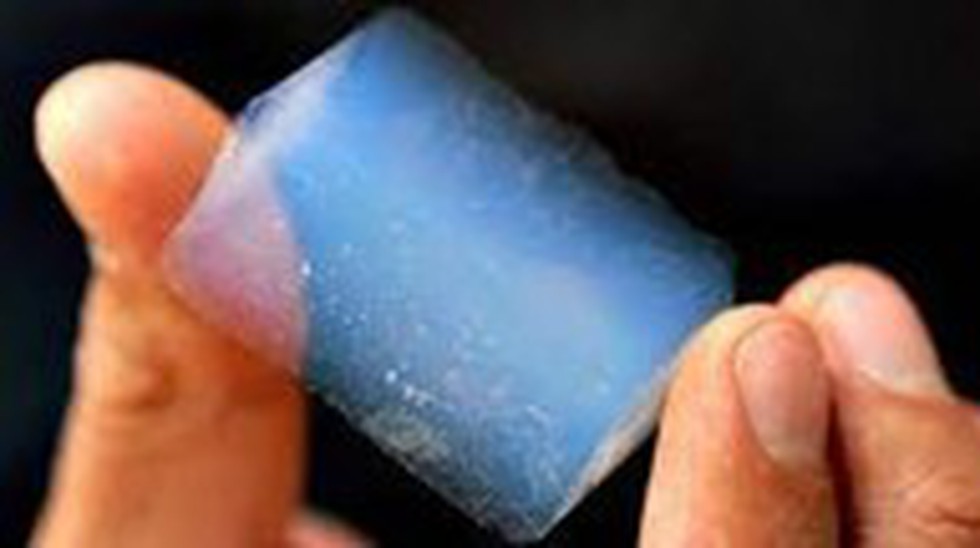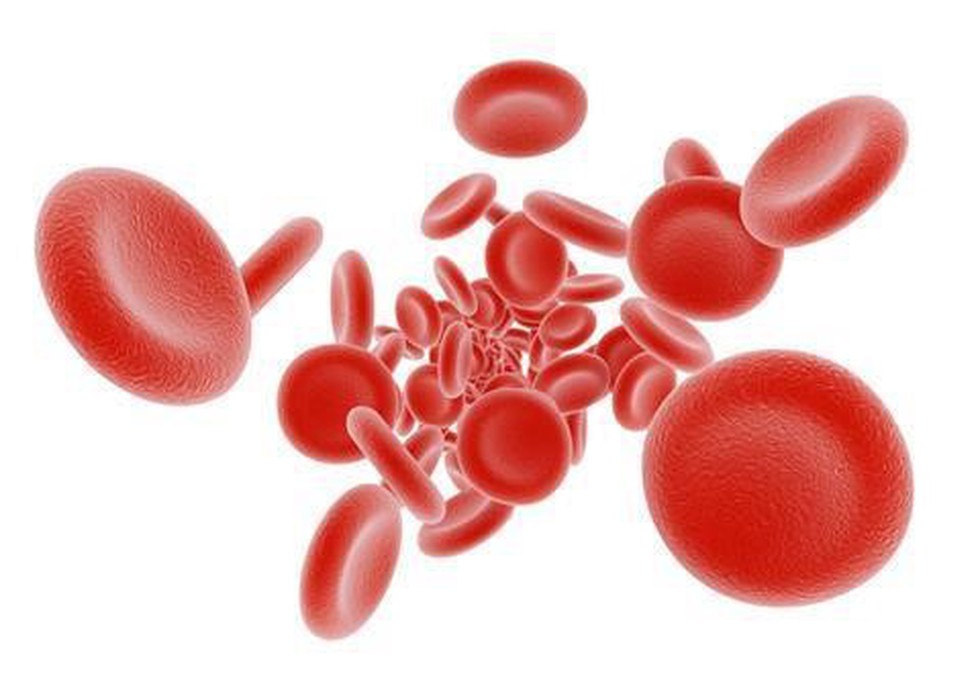About Section 295A of the IPC:
- The object of Section 295-A is to punish deliberate and malicious acts intended to outrage the religious feelings of any class by insulting its religion or religious beliefs.
- This section only punishes an aggravated form of insult to religion when it is perpetrated with the deliberate and malicious intention of outraging the religious feelings of a class.
- Ingredients of Section 295-A:
- The accused must insult or attempt to insult the religion or religious beliefs of any class of citizens of India.
- The said insult must be made with a deliberate and malicious intention of outraging the religious feelings of the said class of citizens.
- The said insult must be by words, either spoken or written, by signs, by visible representation, or otherwise.
- Section 295A IPC is a cognisable, non-bailable, and non-compoundable offence, and police can register an FIR anywhere in the country at the instance of purportedly aggrieved complainants.
- What has the Supreme Court ruled?
- In 1957, a Constitution Bench of the Supreme Court upheld the constitutionality of the said section in ‘Ramji Lal Modi v. State of U.P.’
- The Court held that Section 295A IPC does not penalise any and every act of insult to or attempt to insult any religion or the religious beliefs of a class of citizens.
- The Court cautioned that only those acts of insult or attempts to insult can be penalised under this provision if they are perpetrated with the deliberate and malicious intention of outraging the religious feelings of that class.
- The Court further clarified that the provision would only apply to aggravated forms of insult to religion that are calculated to disrupt public order.
About Aralam Wildlife Sanctuary:
- It is located on the western slopes of the Western Ghats.
- It is the northernmost wildlife sanctuary in Kerala and was established in 1984.
- It is contiguous with Wayanad-Brahmagiri, Wayanad's northern slopes, and the Protected Areas of Karnataka State, namely the Brahmagiri Wildlife Sanctuary and also the forests of Coorg.
- The highest peak in this sanctuary is Katti Betta.
- It is the only protected area of the West Coast Tropical Evergreen Forest of Dipterocarpus-Mesua- Palaquium type.
- The river Cheenkani flows through this wildlife sanctuary.
- Vegetation: Forest coast tropical evergreen and west coast semievergreen forests are predominant here.
- Flora: The common trees in the semievergreen areas are Cinnamomum Zeylanicum, Hopea parviflora, Largestroemia lanceolata, Xyliaxylocarpa, Mallotus and Philippinensis.
- Fauna: Deer, boar, elephant, and bison are quite common. Leopard, jungle cat and various types of squirrels are sighted here.
About Carbon nanoflorets:
- These are like tiny marigold flowers made only of carbon, which are called as the material carbon nanoflorets.
- Process of synthesis
- Researchers heated a special form of silicon dust called DFNS (for dendritic fibrous nanosilica) in a furnace.
- Once heated, she introduced acetylene gas into the chamber.
- The white powder turned black, a sign that carbon had been deposited on the DFNS.
- Then they collected the black powder and treated it with a strong chemical that dissolved the DFNS away, leaving carbon particles behind.
- The structure of the silicon particles – 50-1,200 nanometers in size—resembled spikes arranged around a sphere.
- Observation
- They reported that these nanoflorets could absorb sunlight at many frequencies and convert it to heat with unprecedented efficiency.
- The nanoflorets also didn’t easily dissipate the heat generated into the environment, making the material a good candidate for heat.
- The nanoflorets converted the light energy they absorbed into thermal energy—a process called solar-thermal conversion—with a remarkable efficiency of 87%.
- The carbon nanoflorets’ high efficiency comes from three properties.
- The nanoflorets absorb three frequencies in sunlight – infrared, visible light, and ultraviolet, while other common materials absorb only visible and ultraviolet light.
- Shape: As light falls on the material, the carbon cones ensure that very little is reflected back.
- Llong-range disorder: Parts of the structure at some distance from each other possess different physical properties. As a result, heat waves in the material aren’t carried over long distances, reducing the amount of heat dissipated away.

About Aerogels:
- Aerogels are composed mostly of air and can be used to remove contaminants.
- They, also known as ‘solid air’ or ‘frozen smoke', are excellent adsorbents (a solid substance used to remove contaminants) and are incredibly lightweight solids composed mostly of air.
- In addition, they offer advantages like adjustable surface chemistry, low density, and a highly porous structure.
A newly developed aerogel adsorbent
- The research team developed a silica aerogel modified with graphene.
- They employed a method called 'supercritical fluid deposition' to prepare these modified aerogels and studied their effectiveness.
- The Graphene-doped modified silica aerogels (GO-SA) were found to exhibit efficiency in purifying water, attracting and removing contaminants due to graphene's unique molecular structure.
- Under real-life conditions mimicked in their experiments, the material removed over 85% of pollutants in controlled settings and more than 76% in continuous flow conditions.

About Crab-plover:
- It is a long-legged, black and white bird of Indian Ocean coasts, related to plovers and allied species of shorebirds.
- This is the only shorebird that lays white eggs, and chicks remain inside the burrows until the fledging stage.
- The chicks are semi-nidifugous, unlike chicks of other shorebirds that leave the nests shortly after hatching.
- Distribution:
- They are residents of the coasts and islands of the Indian Ocean.
- They breed around the Arabian Sea of Pakistan, the Gulf of Oman and the Persian Gulf, Red Sea, Somalia, the Andaman Islands, Sri Lanka, Tanzania, and Madagascar.
- Habitat
- These birds inhabit sandy coastlines, mudflats, estuaries, lagoons, exposed coral reefs, and rocky shorelines.
- During the breeding season, they can also be found in sand dunes.
- Conservation Status
- IUCN: Least Concern
- It is one of the species to which the Agreement on the Conservation of African-Eurasian Migratory Waterbirds (AEWA) applies.
Key points about Point Calimere sanctuary
- It was established in the year 1967 and is situated in the state of Tamil Nadu.
- It houses the famous bird sanctuary of Vedaranyam and the Talaignayar forests.
- It is flanked by the Bay of Bengal in the east and Palk Strait in the south.
- It primarily focuses on the protection and conservation of the black antelopes, an endangered and endemic species that are found in this region.
- It is designated as a Ramsar site.
About Candolleomyces albosquamosus:
- It is a new species belonging to the genus Candolleomyces, which is relatively small genus with just 35 species recognised worldwide.
- It has white woolly scale-like structures on its pileus or cap.
- It grows to a height of just about 58 mm.
- The ‘cap,’ or pileus, of a mature Candolleomyces albosquamosus is 12 mm to 38.5 mm in diameter and bell-shaped.
- The honey-yellow coloured pileus turns brownish-gray or brownish-beige with age.
- The'stipe' '(the stem or stalk) of the mushroom is white in colour and cylindrical.
- Habitats of Candolleomyces albosquamosus include dead logs or bamboo culms in the natural forest.
What are mushrooms?
- Mushrooms constitute secondary saprophytic fungi of the forest ecosystem.
- Secondary saprophytic fungi play a very important role in the decomposition of plant litter.
- The Western Ghats region in Kerala is rich in fungi, many of which could also be described as endemic to the region,

About District Central Co-operative Banks (DCCBs):
- A DCCB is a rural cooperative bank operating at the district level in various parts of India.
- It is established to provide banking to the rural hinterland for the agricultural sector, with the branches primarily established in rural and semi-urban areas.
- DCCB provides finance to all the co-operative societies in the district, conducts activities, and provides banking services according to the provisions of the co-operative act and banking act.
- They act as a link between the primary credit co-operative society and the State Co-operative Bank.
- At the district level, DCCB works as a banker of state government. Educational institutions, Zilla Parishad, Panchayat Samiti, Gram Panchayat, cooperative societies, etc have accounts in this bank.
- All the financial transactions of co-operative sector are conducted through DCCB.
- DCCBs have three sources of funds:
- Their own share capital and reserves
- Deposits from the public and
- Loans from the state co-operative banks
- The main functions of the DCCBs are
- To meet the credit requirements of member-societies
- To perform banking business
- To act as a balancing centre for the Primary Agricultural Credit Societies (PACS) by diverting the surplus funds of some societies to those which face shortages of funds
- To undertake non-credit activities
- To maintain close and continuous contact with PACS and provide leadership and guidance to them
- To supervise and inspect the PACS and
- To provide a safe place for the investment of the resources of PACs
- They also lend directly to the public for non-agricultural purposes within the area of operation of their branches.

About Haemoglobin (Hb):
- It is an iron-containing protein found in the red blood cells that carries oxygen from the lungs to the body's tissues and returns carbon dioxide from the tissues back to the lungs.
- It is made up of four protein molecules (globulin chains) that are connected together.
- Haemoglobin forms an unstable, reversible bond with oxygen. In the oxygenated state, it is called oxyhemoglobin and is bright red; in the reduced state, it is purplish blue.
- It also plays an important role in maintaining the shape of the RBCs. In their natural shape, RBCs are round with narrow centers resembling a donut without a hole in the middle. Abnormal haemoglobin structure can, therefore, disrupt the shape of RBCs and impede their function and flow through blood vessels.
- Haemoglobin levels vary from person to person. Men usually have higher levels than women.
- What does a low haemoglobin level mean?
- A low haemoglobin level is referred to as anemia or low red blood count.
- A lower than normal number of RBCs is referred to as anemia and haemoglobin levels reflect this number.
- Some of the more common causes of anemia are:
- loss of blood (traumatic injury, surgery, bleeding, colon cancer, or stomach ulcer),
- nutritional deficiency (iron, vitamin B12, folate),
- bone marrow problems (replacement of bone marrow by cancer),
- suppression by red blood cell synthesis by chemotherapy drugs,
- kidney failure, and
- abnormal haemoglobin structure (sickle cell anemia or thalassemia).

About the SIM-Swap Scam:
- All banking applications are linked to phone numbers, which help in generating OTPs (to authenticate transactions) or receiving important bank-related messages.
- In the SIM swap scam, fraudsters first take personal details such as phone numbers, bank account details, and addresses with the help of phishing or vishing.
- After receiving the personal information, fraudsters visit the mobile operator’s retail outlet, posing as the victim with forged ID proof, and report a fake theft of the victim’s SIM card and/or mobile phone.
- By doing this, they attain a duplicate SIM.
- Notably, scamsters can get a duplicate SIM even when the original is working, as they reported a theft of the original SIM card.
- Unlike other scams, where scamsters trick people into giving OTPs and private information on a phone call, the SIM swap scam doesn’t require direct communication with the victims.
- However, fraudsters do give missed calls to their victims so that the latter leave their phones and ignore the lost network connectivity.
- When the SIM is swapped, the accused gains control of the entire SIM. All calls and messages go through their SIM only.
- Once in control of the SIM card, they are able to obtain passwords and OTPs that allow them to access their targets' bank accounts.
What is phishing?
- Phishing is a technique in which scamsters send malware links to victims through mail or messages.
- Once the link is opened, the malware steals all of the victim’s personal information.

About Rajaji Tiger Reserve:
- Location:
- Rajaji Tiger Reserve (earlier Rajaji National Park) is located in the Shivalik range of the Himalayas and spread over 820 kms.
- It covers a part of over three districts of Uttarakhand: Haridwar, Dehradun, and Pauri Garhwal.
- It was named after the famous freedom fighter Rajgopalachari, popularly known as "Rajaji".
- The park was created in 1983 by the amalgamation of three sanctuaries: Rajaji Sanctuary and National park (estd. 1948), Motichur Sanctuary (estd. 1964), and Chilla sanctuary (estd. 1977).
- On 20 April 2015, its name was changed to Rajaji Tiger Reserve.
- It is famous as an elephant habitat, as there are around 600 elephants in Rajaji.
- It's location in a transition zone between temperate western Himalaya and central Himalaya enhances the species diversity.
- Vegetation: The area is covered with diverse forest types ranging from semi-evergreen to deciduous and from mixed broad-leaved to Terai grassland and has been classified as Indus-Ganges Monsoon Forest type.
- Flora:
- Lofty strands of Sal trees (Shorea Robusta) dominate most parts of the reserve.
- Other popular flora found here include Rohini, Palash, Shisham, Sal, Sandan, Khair, Arjun, Baans, Semul, Chamaror, etc.
- Fauna: It has a sizeable population of Tiger and Asian Elephants. It is home to a variety of wild animals like Leopard, Jungle cat, Himalayan Black Bear, Sloth Bear, Striped Hyena, Goral, Sambar, Wild Pig, Spotted Deer, Barking Deer, etc.



.png)

























































































































































.png)
.png)
.png)
.png)
.png)


.png)
.png)
.png)



.png)






.png)
.png)
.png)
.png)
.png)
.png)
.png)
.png)
.png)

.png)







.png)
.png)


.png)
.png)
.png)


.png)

.png)
.png)





.jpg)

.png)
.png)


.png)

.png)
.png)
.png)

.jpg)

.jpg)


.png)

.png)
.png)
.png)
.png)
.png)
.png)
.png)
.png)
.png)
.png)




.png)

.png)





.png)
.png)
.png)
.png)
.png)
.png)
.png)
.png)
.png)
.png)
.jpg)
.jpg)

.png)
.png)
.png)
.png)
.png)
.png)
.png)
.png)
.png)
.png)
.png)
.png)
.png)
.png)
.png)
.png)
.png)
.png)
.png)
.png)
.png)
.png)



.png)
.png)

.jpg)
.jpg)


.jpg)
.jpg)
.jpg)
.jpg)
.jpg)

.jpg)








.jpg)
.jpg)
.jpg)
.jpg)
.jpg)

















.jpg)
.jpg)







.jpg)


















.jpg)
.jpg)






























































































.jpg)
.jpg)


























.jpg)

.jpg)










.jpg)








.jpg)




.jpg)










.jpg)


















.jpg)












































.jpg)














.jpg)
.jpg)
.jpg)





.jpg)

.jpg)
.jpg)





































































.jpg)


































.jpg)
.jpg)
















































.jpg)












.jpg)


.jpg)




.jpg)
.jpg)
.jpg)

.jpg)
.jpg)
.jpg)
.jpg)

.jpg)
.jpg)
.jpg)

.jpg)
.jpg)
.jpg)
.jpg)
.jpg)
.jpg)
.jpg)
.jpg)

.jpg)


.jpg)
.jpg)
.jpg)
.jpg)
.jpg)
.jpg)
.jpg)
.jpg)
.jpg)
.jpg)











.jpg)
.jpg)





.jpg)
.jpg)
.jpg)
























.jpg)
























.jpg)









.jpg)
.jpg)







.jpg)
.jpg)









































.jpg)
.jpg)
.jpg)
.jpg)
.jpg)

.jpg)
.jpg)
.jpg)
.jpg)
.jpg)


.jpg)
.jpg)
.jpg)
.jpg)
.jpg)

.jpg)
.jpg)
.jpg)
.jpg)
.jpg)
.jpg)
.jpg)
.jpg)
.jpg)
.jpg)
.png)

.png)
.png)

.png)
.png)
.png)
.png)


.jpg)
.jpg)

.jpg)
.jpg)
.jpg)

.png)
.png)
.png)
.png)
.png)
.png)
.png)

.png)
.png)
.png)
.png)
.png)
.png)
.png)
.png)
.png)
.png)





































































-min.png)



.png)




.png)








































